Top 10 Most Expensive Colleges In The World

Page Contents
Most Expensive Colleges – University education provides students with a unique platform to explore and cultivate their academic and professional interests. Academic institutions typically offer students an array of specializations and disciplines; in addition to extracurricular activities like athletics; societies; and unions. Counseling offers individuals the chance to expand their knowledge; abilities and competence so that they are better equipped for employment or graduate diploma programs. Furthermore; university life offers students ample chances for personal growth and development; including increased autonomy; critical thinking skills; and life choice abilities.
Many universities provide amenities like a career center; counseling support and tuition reimbursement. Ultimately; the council plays an essential role in any student's academic journey by giving them chances to succeed. This article will highlight the world's top 10 most expensive colleges.
History of Colleges
The council was first established at the dawn of civilization when academic training institutions first emerged between Greece and Rome. Plato founded the Greek Academy in Athens in 387 BC, while Bologna University – Rome's first higher-educational institution – was constructed in 1088.
Colleges arose during the Middle Ages in Europe, serving as centers of discovery and education. Many were affiliated with the Catholic Church or focused on areas such as theology, legislation, or medicine. One of Europe's most renowned and elite institutions during this time period was the University of Paris which opened its doors in 1150 and brought together scholars from across Europe.
In America; sodalities were everywhere. Harvard University; founded in 1636; was the first institution of higher learning established within America – its primary purpose being to enlighten religion and prepare students for work within society. In the late 19th century; sodomites in America sought to expand the educational focus beyond religious and public utility and diversify their school systems. Territory sodalities; which were established to promote agriculture; construction and other practical skills; were encouraged by the Morrill Act of 1862. As they expanded throughout the mid-twentieth century; so too did educational support provided by WWII's GI Bill; which enabled many Americans who otherwise might not have had access to education.
In 1964, civil rights legislation abolished prejudice based on race, class, and certain other qualities, opening the door for more people than ever to pursue an education degree. Today's higher educational institutions remain centers for knowledge creation and inquiry, teaching students about various occupations while offering opportunities for career advancement. According to the council's history of assumption study and academic excellence, colleges and universities continue their important role in society today.
Importance of Colleges
- Students receive the education, experience, and abilities they must have in university to pursue a multitude of professions. A university education is frequently a minimal requirement for employment, and people who have a degree earn significantly better pay compared to those lacking one.
- The chances for developing oneself offered by university enable students to pursue their passions, hone their ability to think strategically and improve their understanding and viewpoint.
- Learners can interact with individuals with a variety of histories and perspectives while in university, creating significant interpersonal and professional connections.
- Educational institutions are important hubs for technological progress and research; creating knowledge across a range of disciplines – from literature and social sciences to engineering and science
- People of various backgrounds can achieve socioeconomic progress through university education; thanks to the opportunities that higher education provides
- The institution provides opportunities for cultural connection; encouraging individuals to get involved with their local community and contribute to society as a whole
Why Colleges are Expensive?
- For educational establishments, attracting and keeping extremely competent faculty and staff is a costly endeavor. By providing attractive compensation and perks programs, most organizations try to entice key employees.
- A large financial expenditure is required to sustain and upgrade buildings like classes, labs, bookstores, and dorms. It might cover the property price of construction, renovation, and management.
- To compete and give kids the materials they have to excel in their respective courses, educational institutions need to make technological investments. This provides the necessary tools, programs, and interactive learning environments.
- Many educational institutions provide financial aid to help young people cover the costs of education; housing and boarding. Unfortunately; while this is an essential service, it also raises the overall price.
- Higher education institutions often invest in scientific research; which can be costly but essential for encouraging innovation and developing expertise across a variety of industries.
Top 10 Most Expensive Colleges In The World
- MIT university
- Swiss Federal Institution of Technology
- Tufts university
- Columbia university
- New York City Institution
- Harvard Mudd University
- Amherst University
- University of Chicago
- Trinity College
- Imperial College
#1. MIT University
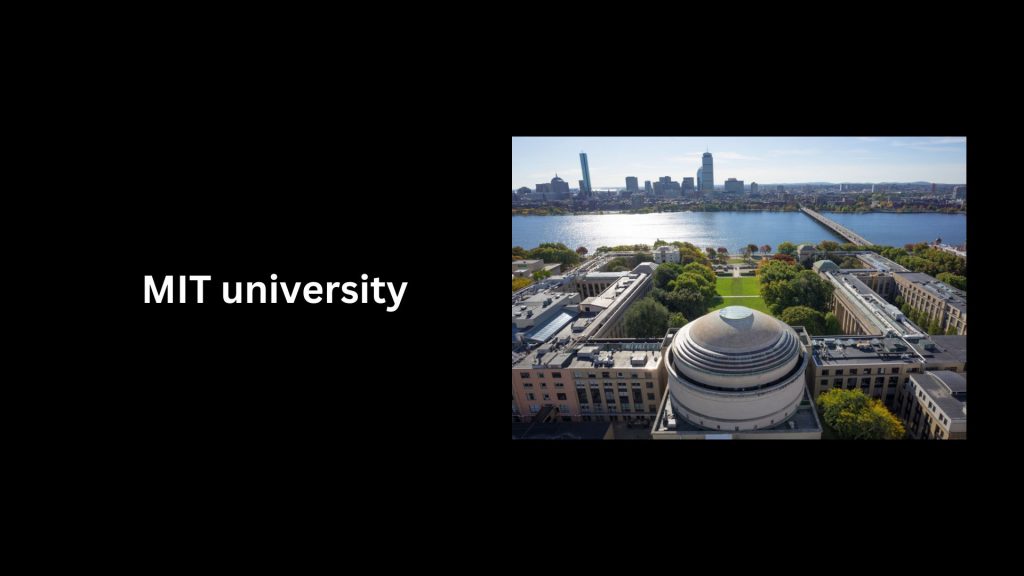
The Massachusetts Institute of Technology, commonly referred to as (MIT), became one of the world's premier colleges in 1861 and quickly achieved international renown for its esteemed name. Cambridge, Massachusetts-based MIT is widely regarded as one of the premier educational institutions in the world and has produced many illustrious alumni, including 34 Nobel prize winners. The school is renowned for its groundbreaking science, creative instructional strategies, and top-notch instructors.
Meet some illustrious presenters like former US Vice President Al Gore, novelist and academic Noam Chomsky, and Nobel Laureate mathematician Stephen Hawking at MIT campus which has an illustrious history; its first courses began in 1865! Notable alumni include software moguls Bill Gates and Mark Zuckerberg as well as Nobel Prize winners John Nash and Richard Feynman among many others.
#2. Swiss Federal Institution of Technology
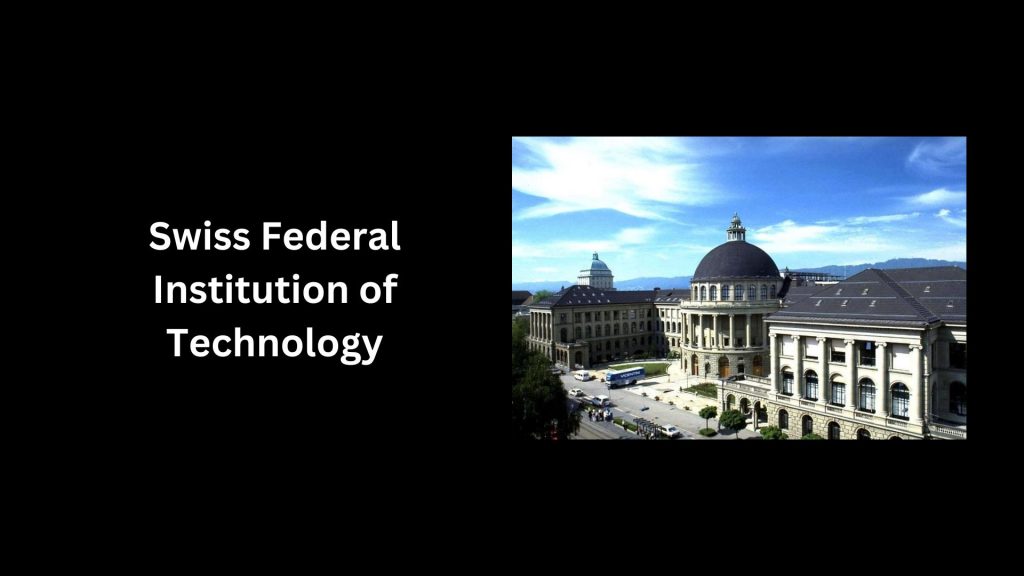
Swiss Federal University of Technology in Zurich offers degree programs at a staggering 48,000 dollars – making it one of the most expensive schools worldwide. However, this esteemed university has produced many notable alumni such as Albert Einstein. Established in 1855 in Zurich, Switzerland, the Swiss Federal Technological Institute in Zurich provides students with both graduate and undergraduate education in fields such as research, computing, economics, and arithmetic.
As a leader in higher learning, the Swiss Federal Institute of Technology Zurich has earned its students widespread acclaim both within Europe and beyond for its world-class facilities. Students deemed exceptional are entitled to fee reductions and other advantages. International students in particular must pay the same rate as local students to stay funded. Furthermore, scholarship funding may be given to those who demonstrate exceptional dedication toward their studies despite Zurich's high living expenses that make it one of the more expensive universities worldwide.
#3. Tufts University

Tufts University's bachelor curriculum; is estimated to cost 59,599 dollars. Notable alumni; include Pierre Omidyar; Michelle Kwan and Hank Azaria – all former members of this renowned council. Established in 1852; between Somerville and Medford; Tufts University serves to encourage students to pursue higher education opportunities.
Situated on 150 acres with both undergraduate and graduate programs available; as well as strong institutional ties with both MIT and Harvard. Furthermore; The Tufts Daily–the college journal–is published by the institution.
#4. Columbia University
Established in 1754; Columbia University is one of America's oldest and most esteemed universities; boasting programs and classes across a variety of subject areas such as historical classics, anthropology; English; finance; and management – to name just a few.
As one of the original nine Colonial Universities in America, Columbia has an illustrious legacy.
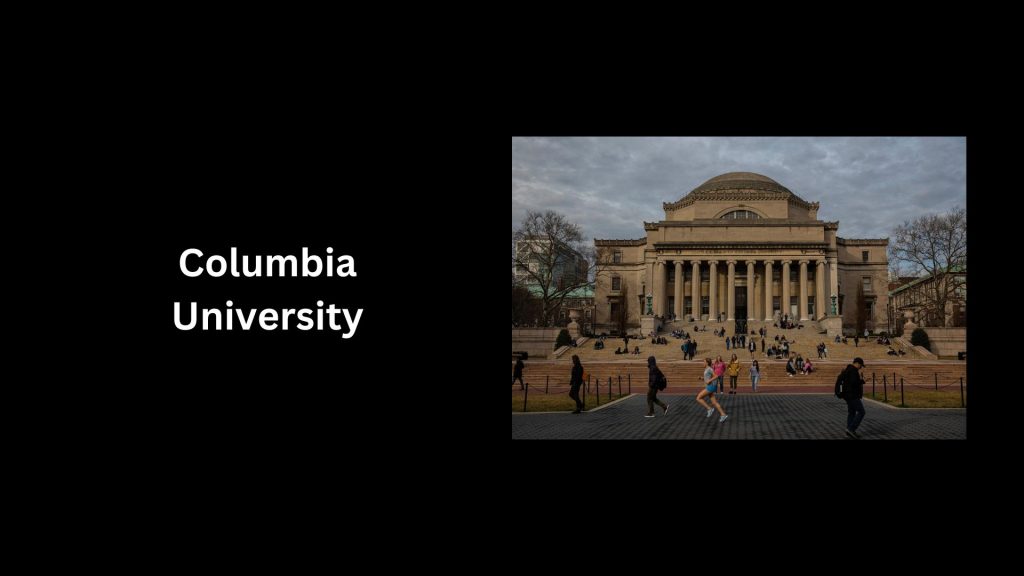
Keep in mind that Columbia University's admission rate is relatively low at 5.5%, so you must have exceptional ambition to be accepted. If accepted, financial assistance options may be available along with an annual stipend of more than $66,000 for students around the world.
#5. New York City Institution
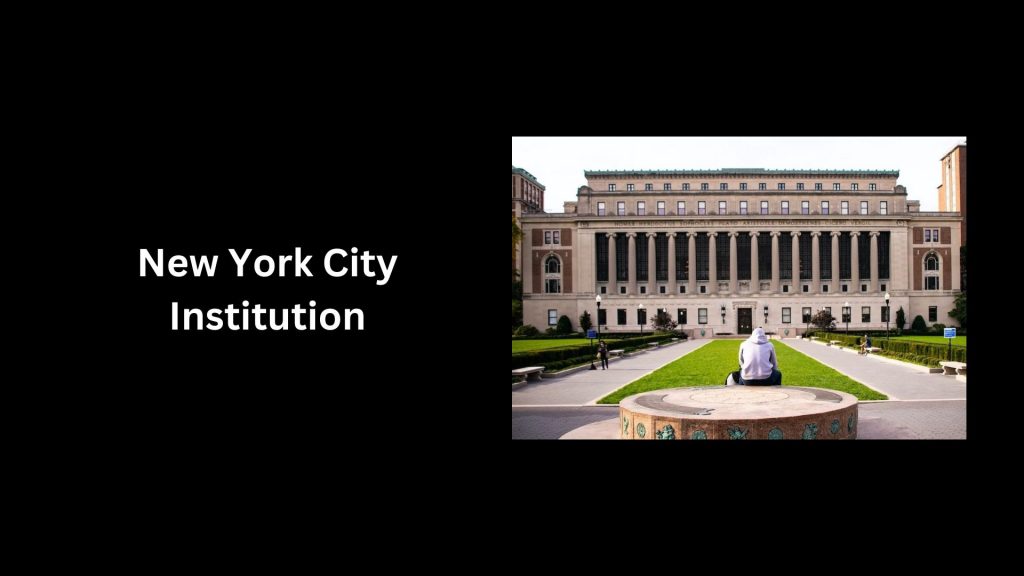 Established in 1830; New York University is renowned for being one of the first colleges to grant admission based on intellectual aptitude rather than personal connections. NYU boasts an impressive selection of graduate schools including English; Technology; Science; Global Business; Theater and Accountancy – just to name a few! With campuses located across North America; the Middle East; Asia and Europe; students at New Nyu can gain knowledge along with federal loans; they often disburse borrowed funds as well.
Established in 1830; New York University is renowned for being one of the first colleges to grant admission based on intellectual aptitude rather than personal connections. NYU boasts an impressive selection of graduate schools including English; Technology; Science; Global Business; Theater and Accountancy – just to name a few! With campuses located across North America; the Middle East; Asia and Europe; students at New Nyu can gain knowledge along with federal loans; they often disburse borrowed funds as well.
#6. Harvard Mudd University
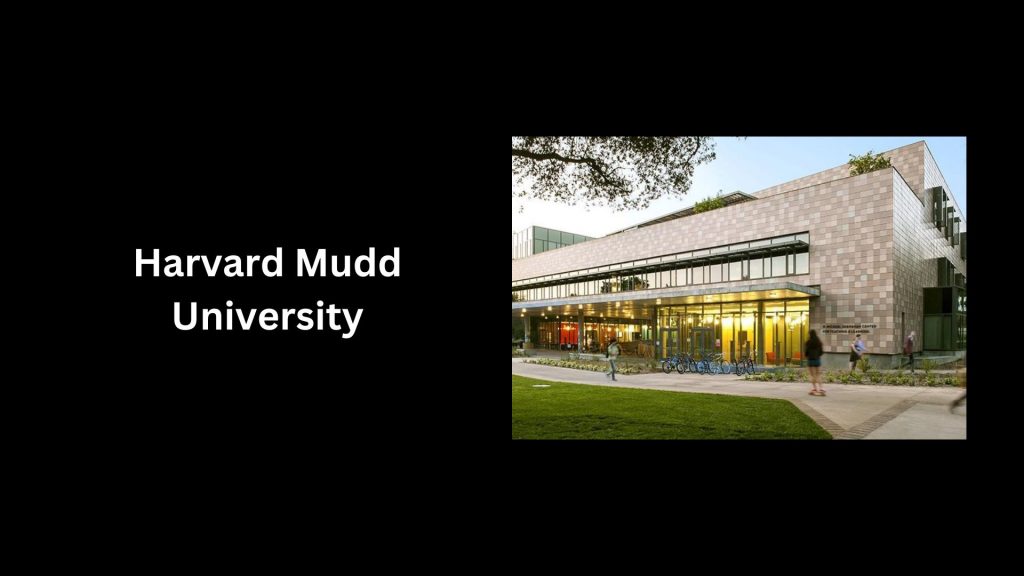
Harvey Mudd College is one of the costliest institutions on Earth and one of the most prestigious colleges in America, but there are also plenty of benefits to this institution, such as producing an abundance of STEM Ph.D. grads due to its highly-regarded STEM programs.
Harvey Mudd University boasts one of the top engineering programs in America, making it a great option if you plan to pursue a career in research, engineering, or computer technology (provided you have the financial means).
#7. Amherst University

Amherst College is one of the costliest educational institutions in the world; with an anticipated bachelor section course fee of nearly 58,640 USD during the academic year 2019-20.
Established in 1821 in Amherst; Massachusetts; Amherst College was one of the earliest academic institutions to grant four-year degrees. Notable alumni include Jeffrey Wright – winner of a Golden Globe – and our President Calvin Coolidge, who recently earned The Wall Street Journal's title of Best Liberal Arts University; for 2018-19.
With increased awareness about their environment; college-bound children now recognize the value of schooling for personal and long-term development. With the knowledge gained through university education, they can more confidently choose which professional path will bring them success than ever before.
#8. University of Chicago
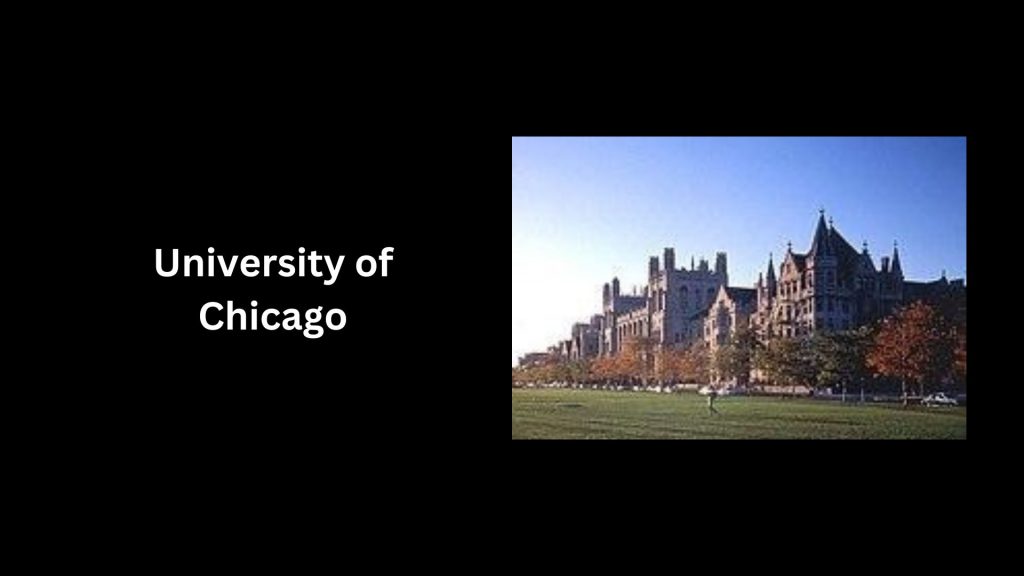
The University of Chicago; which was established in 1890; is regarded to be among the top colleges and universities in the country. This independent technical university may link its beginnings to the American Baptist Institute Of Education; which was responsible for its foundation, as well as to a sizeable gift from oil billionaire and among the wealthiest Americans in history; John D. Rockefeller.
The University of Chicago draws pupils from various cultures and civilizations since it is a top-tier college. With 15,312 students; it's among the greatest institutions in existence right now. In addition to 89 winners of the Nobel Prize; the University of Chicago has generated noteworthy alumni in a number of different sectors; such as the liberal arts; teaching; business; government; technology; and culture. One of the uni's well-known alumni is Satya Nadella, the President of Microsoft.
#9. Trinity College
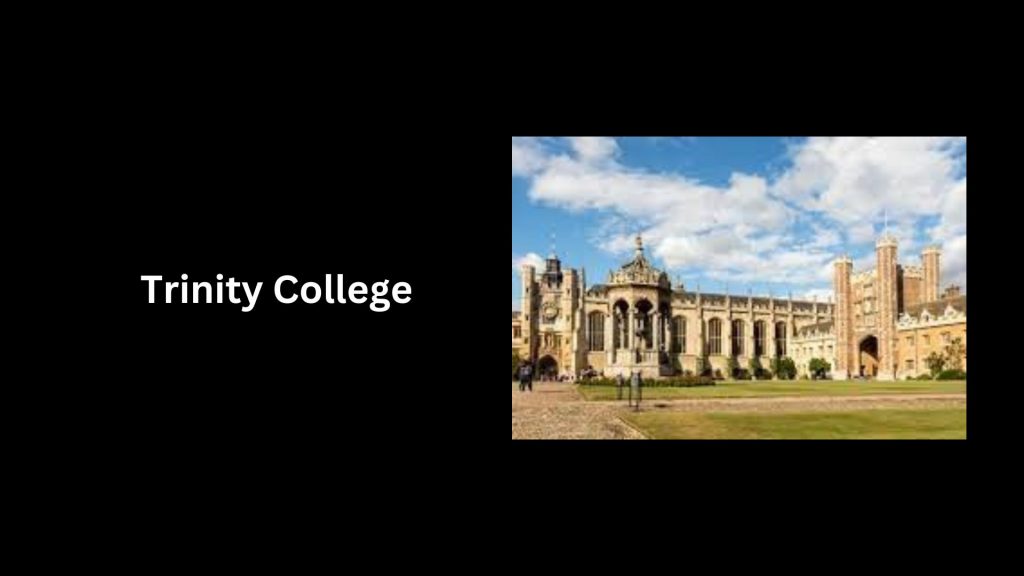
In 1823, Trinity College; a renowned academic program founded by Yale University in Connecticut, opened its doors. Here students are challenged to develop their analytical abilities while taking coursework on various topics. Thus they are inspired to choose unusual combinations like technology with an artwork concentration or politics combined with microbiology as their bachelor's degree. Altogether; Trinity University offers 40 degrees and 30 transdisciplinary specializations.
Trinity College is one of many liberal trade colleges; that offers technology as a specialty. Furthermore; it launched the first mortality rights course at an art university with seminars and activities. Trinity College encourages pupils to engage in philosophical education programs such as explorations; work placements; overseas study or community-based knowledge which can be taken for coursework credit.
Furthermore; the organization never forces its religious views onto its academicians; rather it invites all ideologies to participate in its token operations and inconsequential goals.
#10. Imperial College
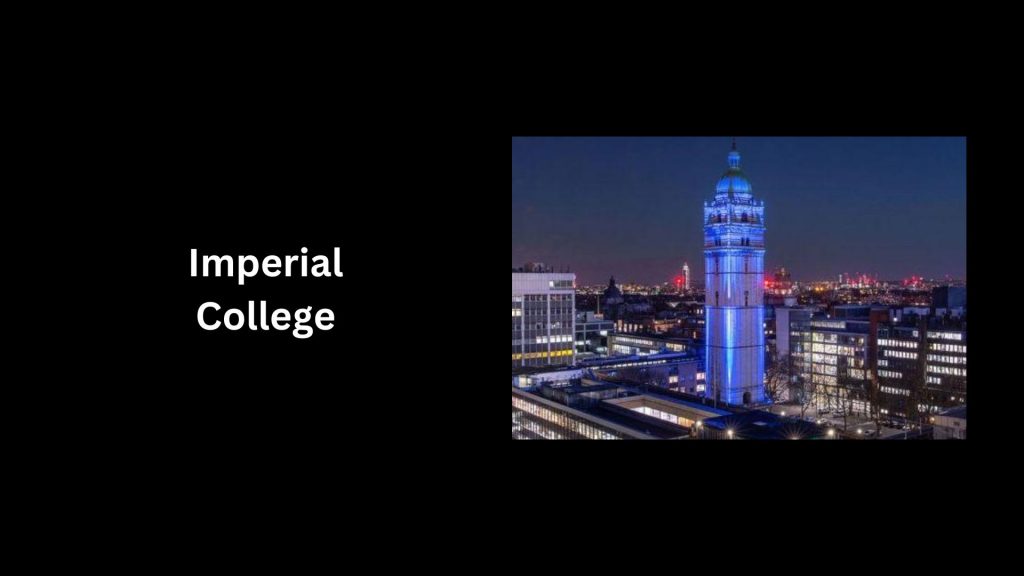
Imperial College in London is widely regarded as one of the world's most esteemed and expensive colleges. If you're seeking an excellent educational experience, its expected yearly basic pricing model for degree programs comes to around 28,000 pounds. Established in 1907 as a government research institution, Imperial College offers bachelor and graduate-level scientific, medical, and technological courses at its London campus. More foreign nationals enroll at Imperial College than British ones do; its impressive alumni list boasts learners from 140 different nations.
Despite the cost of attending this institution, students have already received some assistance in the form of subsidies.
Bottom Line
A post-secondary degree is essential for both individual and community growth. It equips learners with the knowledge and abilities to pursue their expertise in industry while giving back to their hometowns in meaningful ways. Furthermore, a bachelor's degree equips you with critical thinking, innovation, and problem-solving abilities – critical skills in today's fast-paced globalized environment.
Higher employment rates and overall income have been associated with greater educational attainment. Though, still, it provides numerous chances for multicultural and social encounters as well as psychological growth and personality development. Higher education is a crucial decision for the future, providing learners with the knowledge, abilities, and perspectives necessary to excel in their chosen professions and make a significant contribution to civilization. Higher education will remain an integral part of ensuring our world remains prosperous for generations to come.
Although the cost of the university could serve as a deterrent, measures to provide university education increasingly readily available and cost-effective can likewise ensure that all graduates have had the opportunity to fulfill their passions and realize their respective aspirations.
FAQ.
Multiple factors contribute, such as increased student enrollment, more federal loans, decreased legislative funding, rising administrative expenses and overweight pupil amenity programs
Attending public universities has also become more expensive, despite claims that private colleges usually charge the highest fees. From 2010 to 2020, public university tuition rose by 31.4%
Tuition at colleges has increased dramatically over 30 years due to a variety of causes, such as an ever-reducing budget deficit, growing support staff numbers, and rising building and facilities expenses
Bachelors often put off making key life choices like purchasing property, getting married or starting a family due to their mounting debt from student loans. Pupils transferring to less affordable higher education or quitting college altogether are two additional consequences of rising educational prices

Aruna Madrekar is a vibrant author who delves into the fascinating world of the most expensive things, presenting her discoveries in a manner that speaks to both aficionados and the everyday reader. Her commitment to making luxury and opulence accessible to all is evident in her easy-to-understand writing style. Aruna believes that behind every pricey tag lies a story worth telling, and she has dedicated her craft to unraveling these tales for her audience. When she's not immersed in her latest find, Aruna enjoys traveling and tasting unique cuisines from around the globe. Join her on her explorative journey and discover the true value behind the world's most coveted items.